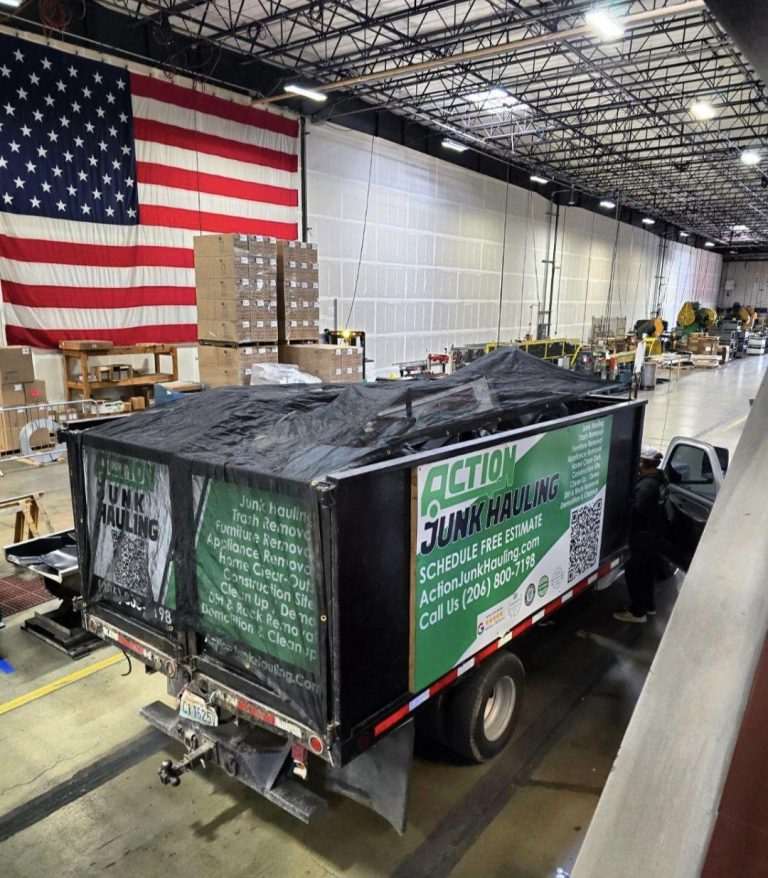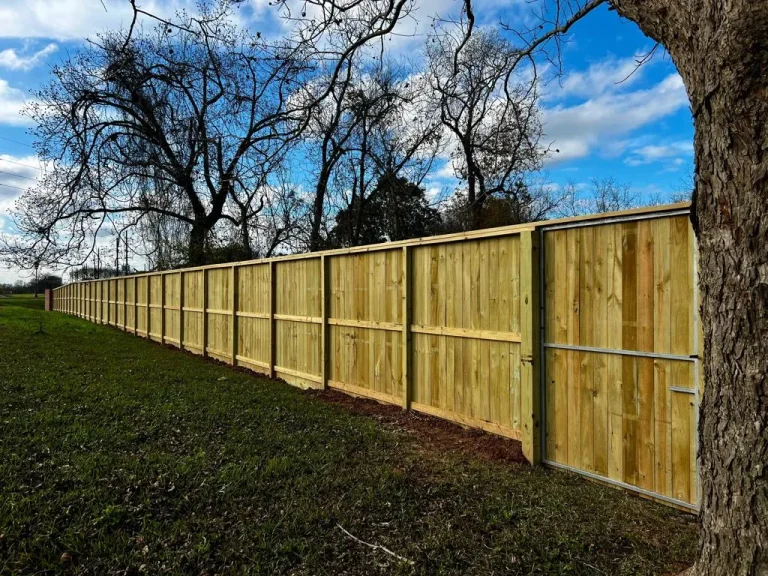
Any boater must first decide on the appropriate yacht tender. It not only provides a means of mobility from your yacht to shore, but a tender improves the whole sailing experience. Having a range of options means that, even if you are selecting the perfect yacht tender for your needs, you must be aware of the several types, characteristics, and factors.
Understanding the Motivation Behind a Yacht Tender
Clarifying the main components of a yacht tender will let one enter the determination cycle with clarity. Usually, tenders are used for:
- Passengers provide a useful means of getting from the yacht to the shore or other vessels.
- Your boating way of life would benefit much from the use of tenders for fishing, diving, and coastal region research.
- Fast evacuation or aid depends critically on a trustworthy tender in case of crises.
Types of yacht tenders

- Easy to store and move, lightweight and portable inflatable tenders are perfect for day vacations and laid-back excursions would find them perfect. Given their reduced endurance, they might not be appropriate in any case for trying circumstances.
- Offering more stability and performance, inflexible inflatable boats (RIBs) combine the benefits of inflatable sides with a sturdy construction. More adventurous boaters would find them perfect, as they are flexible and can manage different sea conditions.
- Made from either fiberglass or aluminum, hard-shell tenders are incredibly durable and perform remarkably. They can be equipped with outboard motors for more power and often have a larger room inside.
- For those who value sailing, a sailboat tender can be a wise investment. These tenders are meant for light breezes and follow sails, providing a unique experience on the sea.
Important Characteristics to Consider
Consider the accompanying features of a yacht tender when you decide on one:
- Choose a tender that will suit your boat comfortably and allow for the passenger count you intend to carry. Assurance it has enough space for every item or tool you might need.
- Should you intend to regularly transport the tender on board, give its weight and simplicity of handling some thought. Launch and recover light-weight tenders are simpler.
- Assess your power and speed needs for motor sorts. While electric engines are also available for calmer, environmentally friendly options, outboard motors are standard.
- Figure out on your yacht where you would keep the tender. Some tenders demand more space; others can be collapsed or deflated for simple storage.
- Look for materials resistant to the maritime environment. Usually speaking, hard-shell tenders and RIBs have more durability than inflatable ones.
Safety issues
While selecting a yacht tender, safety should always be essentially critical. Assurance that your tender comes equipped with necessary safety measures, for instance,
- Always have enough life jackets available for every passenger.
- Essential for evening use, navigation lights help to ensure perceptability.
- Any tiny cut requires a very substantially loaded emergency treatment pack.
One major decision you can make to improve your boating experience is selecting the appropriate yacht tender. Knowing the several types, characteristics, and safety issues helps you to decide which best fits your needs. Choosing the correct tender will ensure that you can enjoy all the beauty and vitality the water has to offer, whether your trip is casual or adventurous and you can choose an inflatable tender or a robust RIB. Remember safety and utility; your yacht tender will become a priceless tool for your boating excursions.





